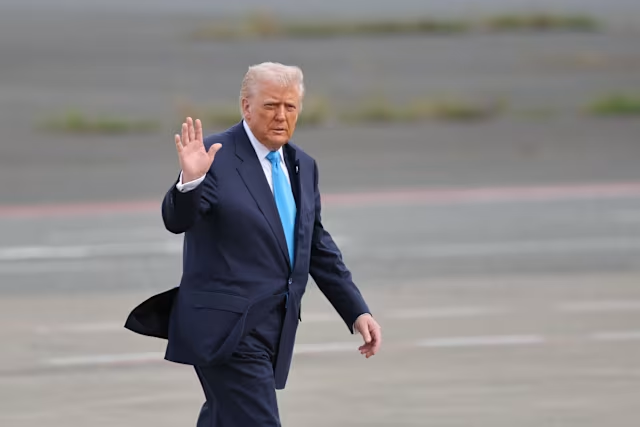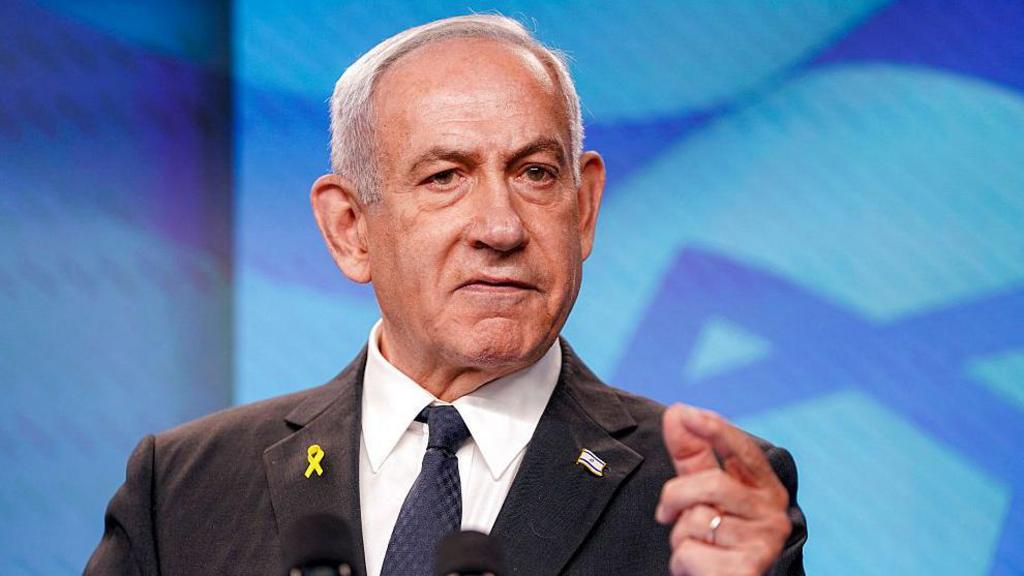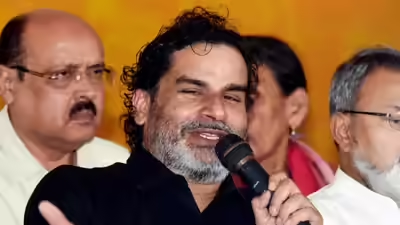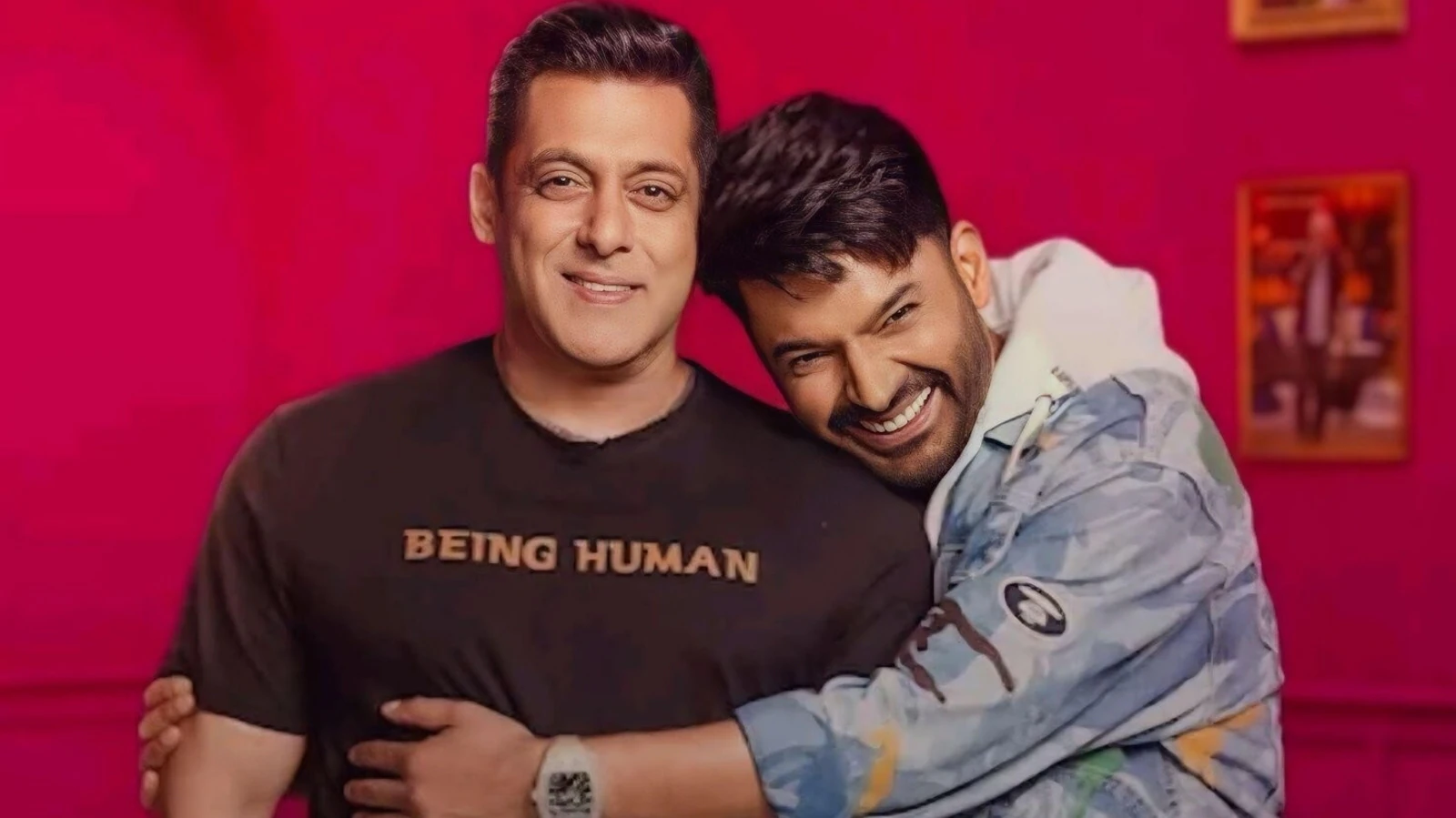Now Reading: ‘Rich to Poor in 2 Seconds’: Aussie Tourist’s India Video Sparks Debate Online
-
01
‘Rich to Poor in 2 Seconds’: Aussie Tourist’s India Video Sparks Debate Online
‘Rich to Poor in 2 Seconds’: Aussie Tourist’s India Video Sparks Debate Online
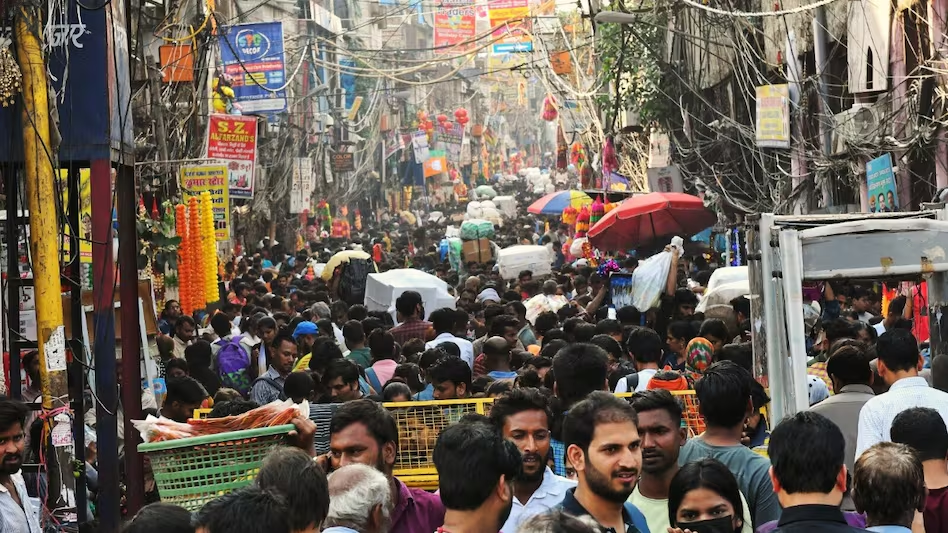
A viral video shared by an Australian tourist in India has triggered a mix of laughter, criticism, and reflection on social media. The video, captioned with the phrase “This country can go rich to poor in 2 seconds,” shows contrasting visuals of India’s luxury and poverty side-by-side. While intended to be humorous, the clip has also sparked a deeper conversation about how India is portrayed globally.
The Video That Caught Everyone’s Attention
The video opens with shots of upscale areas in India—high-rise buildings, luxury cars, and premium shopping zones. Within seconds, the visuals shift to underdeveloped streets, broken pavements, and roadside dwellings. The transition is sudden and striking, which led the tourist to comment on the sharp contrasts that exist within Indian cities.
This kind of content isn’t new, but the blunt caption stirred stronger reactions than usual.
Mixed Reactions from Viewers
On one hand, many social media users, including Indians, acknowledged the reality behind the video. They agreed that extreme economic contrasts are visible in most major Indian cities, whether it’s Delhi, Mumbai, or Tier 2 cities like Pune, Indore, or Jaipur. The phrase “rich to poor in 2 seconds” felt relatable to many urban dwellers.
However, others criticized the video for oversimplifying a complex issue. Some argued that reducing India’s social challenges to a meme-worthy phrase disrespects the everyday struggles of millions. Many also felt that foreigners visiting India should be more mindful and respectful when commenting on its socio-economic conditions.
A Broader Issue of Representation
The incident brings up a familiar concern: how India is perceived by tourists and the world at large. While development in India is progressing rapidly, inequality still remains a major issue. Experts note that such videos, though visually accurate in parts, often miss the context behind the contrasts—economic growth, rural-to-urban migration, and the historical reasons for inequality.
Especially in Tier 2 cities, where development is happening at a fast pace but infrastructure often lags behind, such juxtapositions are common. But these cities also represent India’s ambition, resilience, and rising middle class—factors not always visible in short videos.
A Wake-Up Call or Just a Social Media Moment?
For some viewers, the video served as a reality check about India’s uneven growth, urging policymakers and citizens alike to focus more on inclusive development. For others, it was just another moment of internet virality that oversimplifies serious issues for entertainment.
Either way, it has opened up conversations online about how India is viewed externally and how Indians want their country to be represented globally.
Conclusion
The Australian tourist’s “rich to poor in 2 seconds” video may have been intended as a casual observation, but it touched on real and layered issues. While it reflects a visible truth about India’s socio-economic divide, it also reminds us of the importance of context, sensitivity, and responsible storytelling—especially in a country as diverse and complex as India.
Ask ChatGPT








